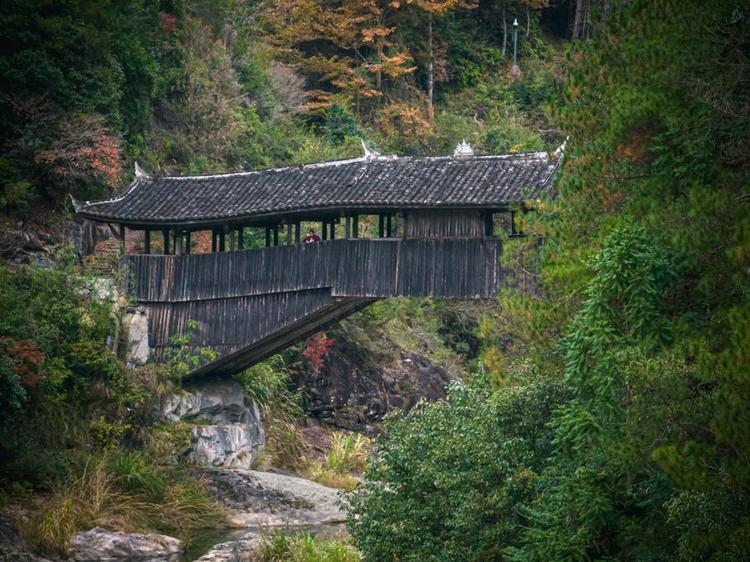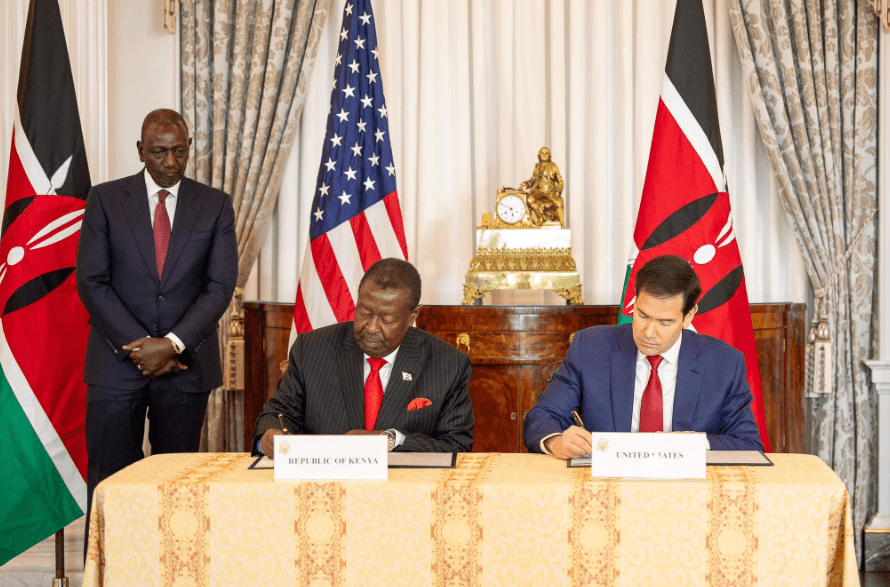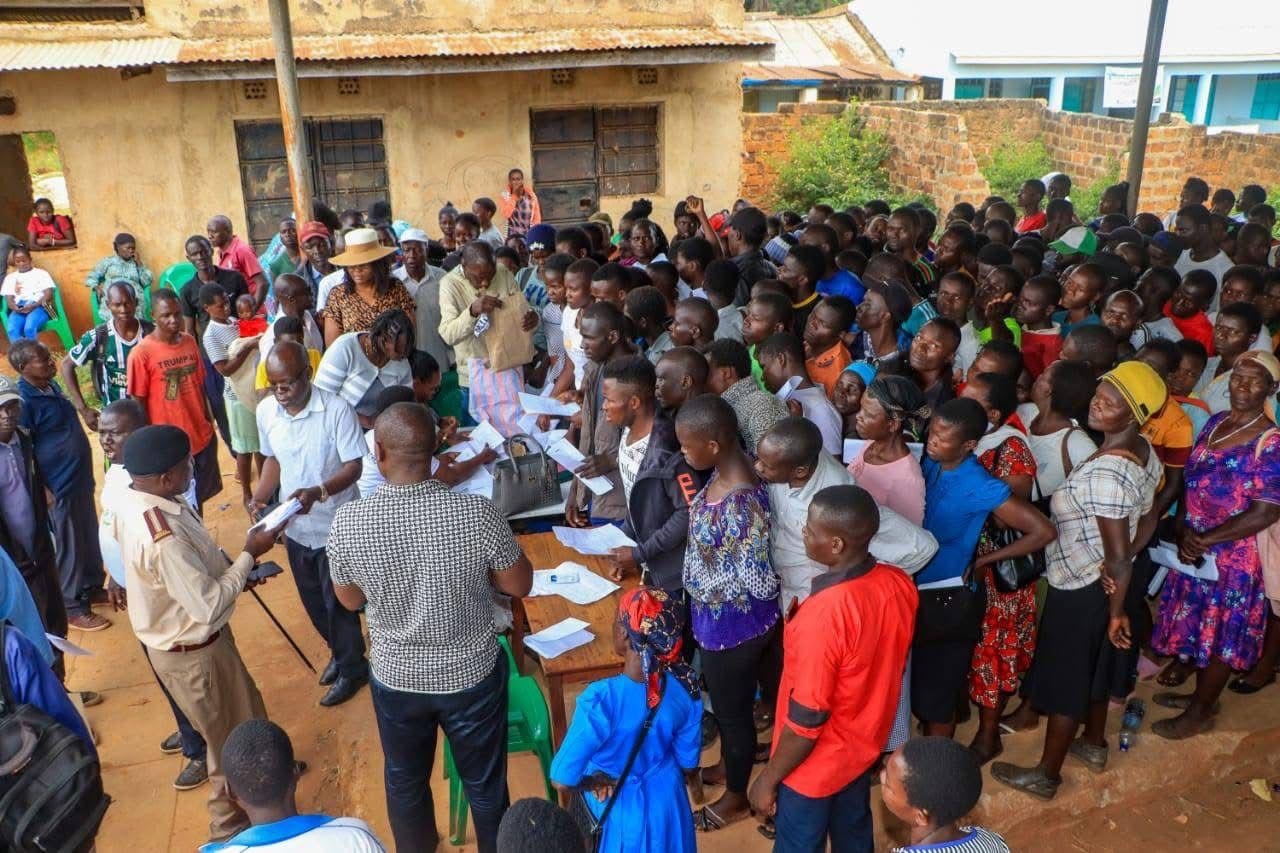A lobby has raised a red flag over the upsurge of land subdivision and fencing in key biodiversity hotspots, warning that the move risks leading to the extinction of iconic species.
“Kenya has lost the wildebeest breeding ground in Loita Plains due to unplanned fencing, and is on the verge of losing connectivity between the Loita forest and Maasai Mara Reserve,” Nick Ole Kamwaro, chairperson of the Communities Thought Leaders Forum, said in a statement.
Kamwaro said subdivision and fencing within wildlife habitats continue unabated despite the Presidential Directive (OP/CAB.26/1/3A) of July 24, 2023, on the moratorium on land use change in key biodiversity hotspots.
“These developments are a worrying concern that will be devastating to community livelihoods.”
President William Ruto, through a circular by the Head of Public Service, Felix Koskei, directed Nema to stop issuing licenses and permits in Kajiado, Machakos (Athi-Kapiti Corridor), Narok, Laikipia, Taita Taveta, and Baringo.
The directive was to stay in force until a conservation policy was in place.
“In a meeting between the President and the wildlife conservation players, land management matters were flagged as some of the issues affecting sustainable wildlife conservation and management,” Koskei said in a letter dated July 24.
Kamwaro issued the statement after a multi-stakeholder consultative session with representatives from Narok, Kajiado, and Samburu counties, where he called on county governments to take urgent action to enforce the executive decree and protect habitats.
The forum unanimously agreed that the county governments need to set up a task force to implement the President’s directive in consultation with the Ministry of Tourism and Wildlife, the Ministry of Lands, Public Works, Housing, and Urban Development, the Ministry of Environment, Climate Change, and Forestry, and the Council of Governors.
“We urge county governments to develop and enact appropriate legislation and policies for conserving wildlife and its habitats. We call upon the government to ensure land undergoing subdivision or subdivided after the directive was issued, has conservatory title until the Integrated Natural Resources Policy is in place. The recent issuance of titles after the directive should be nullified,” Kamwaro said.
He said the matter is of national and economic interest.
“If we fail to act now, it will cost Kenyans billions of shillings to restore these critical corridors and habitats. The clock is ticking, and urgent action is required now.”
Kenya is endowed with an extraordinary wealth of mammals, birds, and other biodiversity.
There is, however, growing evidence of escalating wildlife loss, with a drastic decline of wildlife populations between 1977 and 2013—on average, by 67 per cent.
The declines have been attributed to rapid growth in the human population and associated pressures on resources due to land use change, infrastructure development, and poaching.
One of the presidential directives is to implement the 2016 Wildlife Corridors and Dispersal Areas Task Force Report with the Athi-Kapiti Corridor as a high-priority area.
Wildlife migratory corridors connect core habitats and are critical for species’ survival and the long-term viability of ecosystems.
In the African savannah, animals disperse or migrate across landscapes in response to intrinsic factors (for example, breeding); external or environmental factors such as drought, floods, diseases, and fires; to access vital resources such as pasture, water, and breeding grounds; to reduce the risks of predation; and to enhance genetic health (mating), among others.
Migration is essential for sustaining the resilience of large populations in the face of variable rainfall, which is highly correlated with the availability and shortage of forage.
Connectivity conservation recognises the importance of physical connections and linkages between isolated habitats that increase the effective area available to wildlife.
The 2016 report on wildlife corridors identified 58 migratory routes and corridors in the southern Kenya rangeland ecosystems: Maasai-Mara ecosystem (17); Eburu Forest and Lakes Naivasha-Elmentaita-Nakuru conservation and ecological area (8); Athi-Kaputiei and Nairobi National Park (7); South Rift (8); Amboseli and west Kilimanjaro (8); and the Tsavo Conservation Area (10).
Fifty-two migratory routes or corridors were identified in the northern Kenya rangelands and coastal terrestrial ecosystems.
Almost all the wildlife dispersal areas and migratory corridors in the Kenya rangelands have been interfered with by human activities to some extent; some are highly threatened or have been completely blocked.
















